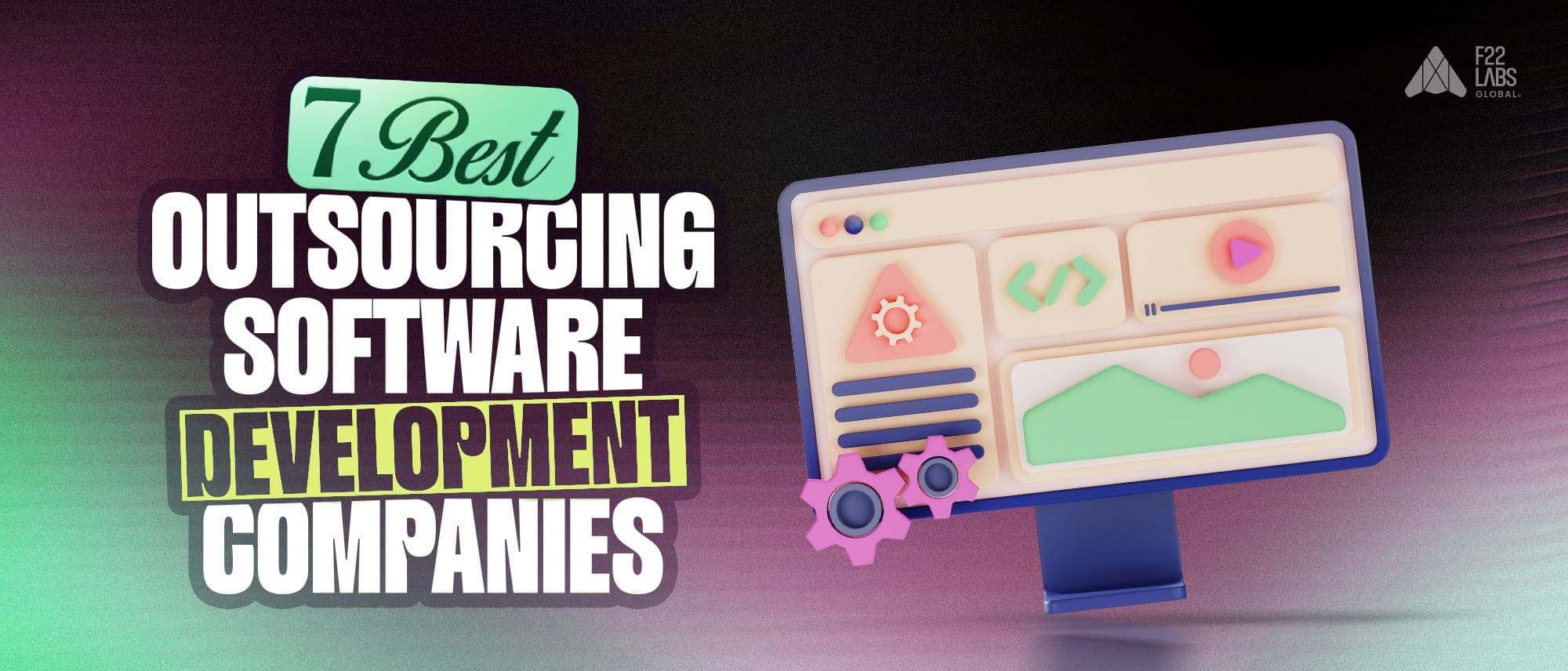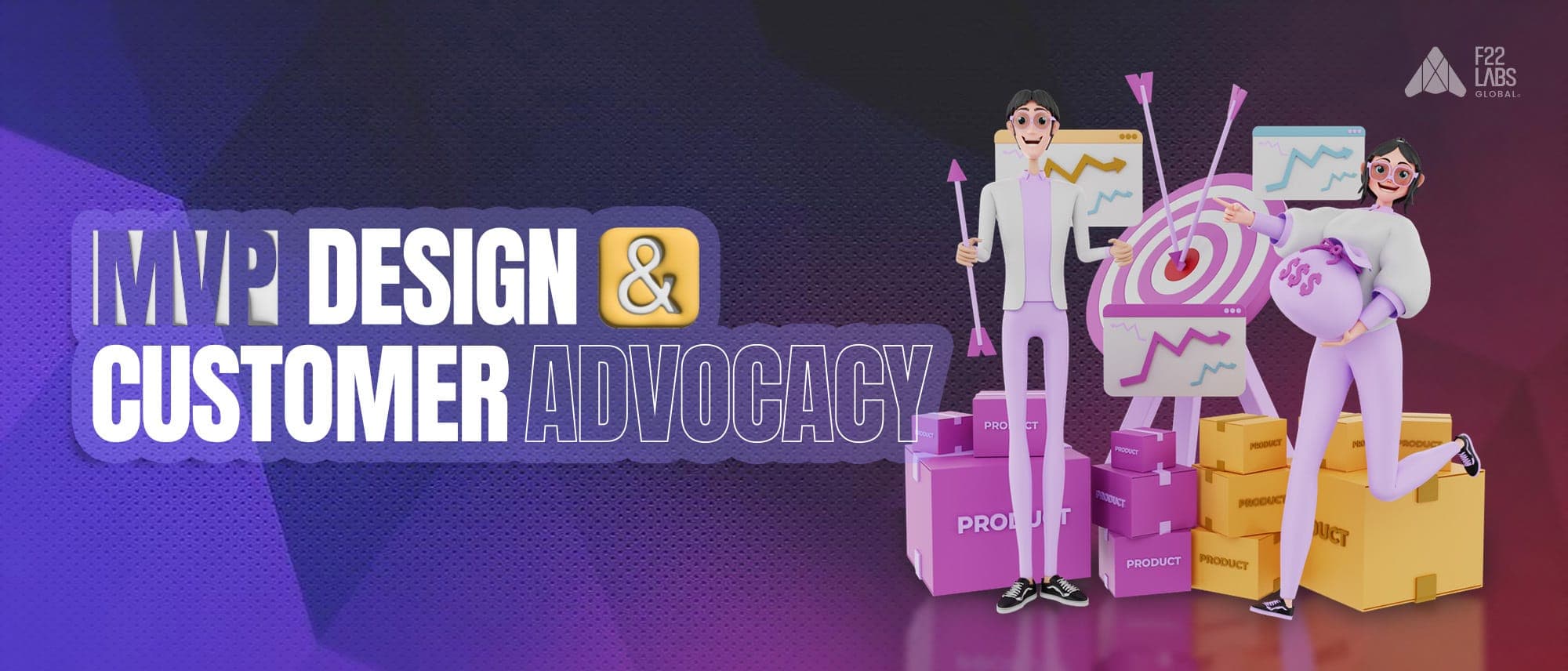How to Launch a Startup Alone and Thrive in 2026

Picture this: you’re staring at a blank screen, a half-cold coffee in hand, and a wild idea that’s been keeping you up at night.
You’ve got no co-founder to bounce it off, no one to split the load, just you and a dream that feels bigger than the moon. The startup world loves its dynamic duos, but what if going solo isn’t a setback? What if it’s your secret weapon?
From Jeff Bezos' boxing books in his garage to Sara Blakely snipping pantyhose in her apartment, solo founders have built empires with nothing but grit and vision. In 2026, with no-code platforms, vibrant online communities, and a little hustle, you can, too.
This guide isn’t just a roadmap, it’s your playbook to launch a startup, dodge the pitfalls, and come out thriving.
Ready to make it happen? Let’s dive in.
Why Going Solo Is Your Superpower
The myth is that startups need a co-founder to succeed, like you’re doomed without someone to brainstorm with or charm investors. But the numbers tell a different story.
A 2019 study found that 52.3% of companies with successful exits were started by solo founders. That’s more than half the wins coming from one-person shows. Why? Because going solo means you call the shots, move fast, and keep your vision crystal clear.
Take Melanie Perkins, who launched Canva in 2007 with a sketchbook and a belief that design should be for everyone. She didn’t wait for a partner to greenlight her idea; she mocked up prototypes, pitched relentlessly, and built the foundation for a $40 billion unicorn, all on her own.
Solo founding isn’t about being a loner; it’s about owning every decision, every risk, and every reward. Here’s why it’s your edge:
- You’re the Visionary-in-Chief: No compromises, no debates. Pierre Omidyar coded eBay over a weekend in 1995, focusing on simple auctions without a co-founder pushing for bells and whistles. That clarity built a platform worth billions.
- You Keep the Whole Pie: Why split equity if you don’t need to? Sara Blakely bootstrapped Spanx with $5,000 and turned it into a $1.2 billion empire by 2021.
- You Move at Lightning Speed: Teams can stall over logo colors or pricing plans. Solo founders pivot in seconds. Drew Houston built Dropbox’s first prototype alone in 2007, landing 10,000 beta users and $1.2 million from investors in months.
- The Stats Back You Up: That 52.3% success rate isn’t a fluke. Craig Newmark turned a solo email list into Craigslist, a global name, proving one focused mind can outshine a crowd.
Build Lean. Learn Fast.
Launch an MVP that saves money while proving your concept works.
In 2026, the solo founder’s toolkit is stacked.
No-code platforms like Momen and Bubble let you build apps in weeks, while communities like Indie Hackers (20,000+ strong) offer advice and cheerleaders. Going solo doesn’t mean going it alone; it means steering your ship exactly where you want.
How To Win As a Solo Founder
Let’s not sugarcoat it: launching a startup alone has its dragons. Loneliness, skill gaps, burnout they’re real. But they’re also beatable. Here’s how to tackle the biggest challenges like a champ:
- Loneliness Doesn’t Have to Win: Building solo can feel isolating, like you’re shouting into a void. Brian Chesky sketched Airbnb solo in 2008, but he found his people through Y Combinator. Today, you can join Indie Hackers, tweet with #SoloFounder, or hit a local startup meetup. I once walked into a coffee shop event expecting nothing and left with two friends who still text me code snippets at 2 a.m. Your tribe’s out there go find them.
- Skill Gaps Aren’t a Dealbreaker: If coding’s not your thing or design makes you sweat, relax. No-code tools like Momen (powering 10,000+ apps in 2024) let you drag and drop your way to a product. Need a pro? Upwork’s 59 million freelancers have your back. Whitney Wolfe Herd outsourced Bumble’s tech in 2014 to focus on strategy, hitting a $13 billion IPO. You’re not a one-man band; you’re a conductor.
- Funding’s Not a Solo Blocker: Investors might side-eye a lone founder, but traction speaks louder than headcounts. Drew Houston’s Dropbox demo and waitlist landed $1.2 million from Sequoia. In 2023, solo founders globally secured $2.1 billion, per Crunchbase. Build a solid MVP, show user love, and pitch on AngelList money chases results.
- Burnout’s Avoidable: Running a one-person show can drain you dry if you let it. Sara Blakely stayed sane by jotting tasks in a notebook and knowing when to quit for the day. I’ve burned the midnight oil until my brain fried now I use Notion to prioritise and Zapier to automate emails. Set a hard stop, take a walk, and protect your spark.
Want to learn how to calculate your startup’s market size? Read our guide
Your 5-Step Playbook to Launch a Solo Startup
Ready to turn your idea into reality? This step-by-step plan, inspired by solo legends, will get you from dream to domination:
- Validate Before You Leap: Don’t bet the farm on a hunch. Jeff Bezos studied e-commerce trends before launching Amazon. Use Google Forms to ask 100 strangers if they’d buy your idea or slap a Carrd landing page together to test interest. I tweeted a product concept with #BuildInPublic and got 30 replies in a day. Proof doesn’t need to be fancy.
- Build a “Good Enough” MVP: Perfection’s a trap. Melanie Perkins mocked up Canva with basic tools, tweaking as feedback rolled in. Use Momen or Bubble to whip up a prototype in a week. My first app was a glitchy mess, but 12 users loved it and that kept me going. Ship fast, learn faster.
- Find Your First Fans: Early adopters are your rocket fuel. Pierre Omidyar emailed friends and posted on 90s forums to launch eBay. Now, you’ve got Product Hunt’s million users or X Ads for cheap clicks. I spent $40 on ads and got 10 sign-ups—small wins snowball.
- Secure Cash (If You Need It): Funding’s optional, but if you want it, show you’re a unicorn. Drew Houston’s Dropbox pitch had a live demo and user buzz, nabbing $1.2 million. Create a Canva deck, hit AngelList, or pitch at a startup event. Solo founders grabbed 15% of AngelList’s 2023 deals. You’re not out of the game.
- Scale Smart, Not Hard: Growth doesn’t mean chaos. Sara Blakely kept Spanx lean until it was a hit, then hired help. I used Upwork for customer emails and Zapier for automation. Focus on profit over hype, and build something that lasts.
First-Time Founder? Want to start your MVP Development Process? We’ve delivered some of the best MVPS in the world.
Your Solo Founder Toolkit
You don’t need a co-founder when you’ve got these tools in your arsenal:
- No-Code Platforms (Momen, Bubble, Webflow): Build apps or sites without coding. Momen powered 5,000+ apps in 2024 Ryan Hoover used similar tools to launch Product Hunt.
- Productivity Boosters (Notion, Trello, Zapier): Notion’s my second brain, Trello keeps tasks tidy, and Zapier’s 2.5 billion automated tasks save my sanity.
- Communities (Indie Hackers, Product Hunt): Indie Hackers is my go-to for advice; Product Hunt’s where I launched my first product. They’re your virtual co-founders. Don't forget small business podcasts, they're perfect for learning on the go and getting inspired by other entrepreneurs' journeys.
Build Lean. Learn Fast.
Launch an MVP that saves money while proving your concept works.
Solo Success Stories to Inspire You
Need a spark? These solo founders started alone and changed the game:
- Jeff Bezos (Amazon): One man, a garage, and a $1.7 trillion legacy—obsessing over customers beat needing a partner.
- Sara Blakely (Spanx): $5,000 and a hunch became a billion-dollar brand, all without splitting the equity.
- Pierre Omidyar (eBay): A weekend coding project turned into a $40 billion platform, no co-founder required.
Your Solo Journey Starts Now
Sara Blakely said, “The magic happens when you start.”
Launching a startup alone isn’t just possible; it’s powerful. You’ll face doubts, wrestle challenges, and celebrate wins that are 100% yours. That 52.3% of solo exits didn’t wait for a sidekick; they built, shipped, and soared.
Start small: Tweet your idea with #SoloFounder, join Indie Hackers, or start your MVP Development tonight.
Don’t forget, “The magic happens when you start.” So, what’s holding you back? Your solo empire’s waiting go build it.
Next for you

MVP Development
How SaaS Companies Can Align Product Development With Revenue Targets

MVP Development
7 Best Outsourcing Software Companies of 2026

MVP Development
MVP Design & Customer Advocacy: How to Build Products Users Love in 2026
